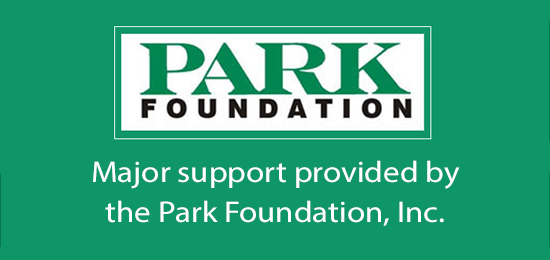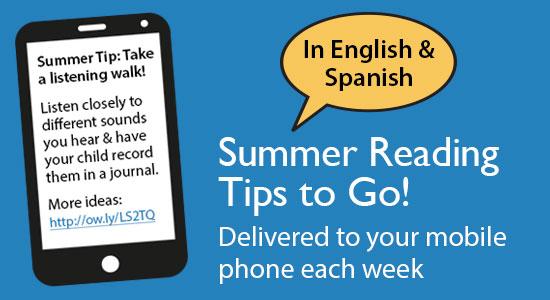
Mary Amato writes fiction for children and teaches workshops around the country, live and via Skype. Learn more at Mary Amato's official website.
You might also want to watch the Reading Rockets interview with Mary Amato, where she shares her strategies for teaching writing. August 1, 2018 Here’s what happened when I worked with some first graders at Potomac Elementary School (PES) in Potomac, Maryland. Our subjects were math and science. Teachers Ms. Siegel and Mrs. Li gave me a list of topics that first graders study. I chose a different topic with each class: Magnets, Soil, and Measurement. First we did brainstorming to write down all the things about the topic that we know. Sometimes questions would arise and we had to do research to make sure we were correct. Then we used our brainstorm to write a rough draft. We had to experiment with different rhymes and rhythms to make sure the song made sense and sounded good to our ears. We had to recognize a pattern in our first verse and then apply that pattern to the rest of the verses. We decided that a good song has magnetic properties—it sticks to your brain! Besides learning a lot about songwriting and writing original songs, we also learned about collaboration and about democracy (we had to vote on different ideas throughout the process). I loved seeing how, at PES, kids are encouraged to respectfully disagree. As we wrote our rough drafts, sometimes a statement would be made about the science by one student, and another student would challenge the accuracy of the statement. This prompted us to stop the songwriting process and do a little research to determine accuracy before we continued. Bravo! Since this residency was a part of the science block, I also introduced a question: can we make musical instruments out of magnets? What about soil or sand? We experimented to get results. Which kind of particle of sand do you think would be the loudest in a shaker? Course or fine? When you listen to the songs, pay attention to the pattern, the rhymes, the rhythm, and the meaning. Download You Need Me song lyrics and chords. Sing and play along with the song. 1. Continue the folk song tradition of taking a song you already know and changing the words. This is a great activity for car rides! As our warm-up, we took a folk song that uses math and changed the words to make it a little more challenging. Substituting new words for old words in a folk song is a great way to encourage songwriting. When you substitute words, you have to make sense and you have to remember the new ones. It takes focus and concentration! 50 bottles of juice on the shelf. 2. When you are listening to a song with your kids, ask: 3. If your child writes a song for fun at home, encourage him or her. As first graders, they might write silly songs. Their songs might not even make complete sense. That is okay. Please don’t try to make your child’s song perfect. Comment on something positive about the song. Does it have rhyme? Does it have rhythm? At this age, experimentation, play, and fluidity are important. 4. Add a ritual of making up songs together or singing songs that you know before dinner, while you’re cooking, when you’re stuck in traffic. 5. Sing and play the original songs above! I’ll have a new series of chapter books about a songwriting club in an elementary school: News from Me, Lucy McGee (2018) and Sing With Me, Lucy McGee (2019). The books come with songs that are perfect for elementary school students. Happy reading and keep singing!What do students do when they write a song?


Listen to the students' songs
You Need Me
What parents can do at home
50 bottles of juice.
Take ten down and pass them around
40 bottles of juice on the shelf.



